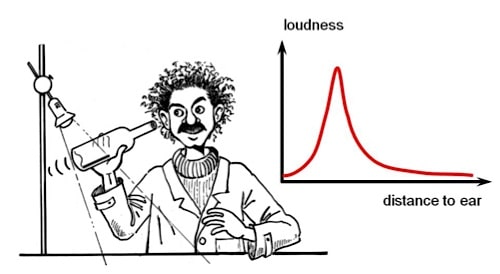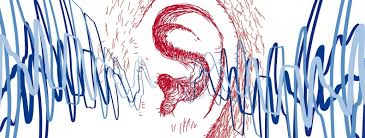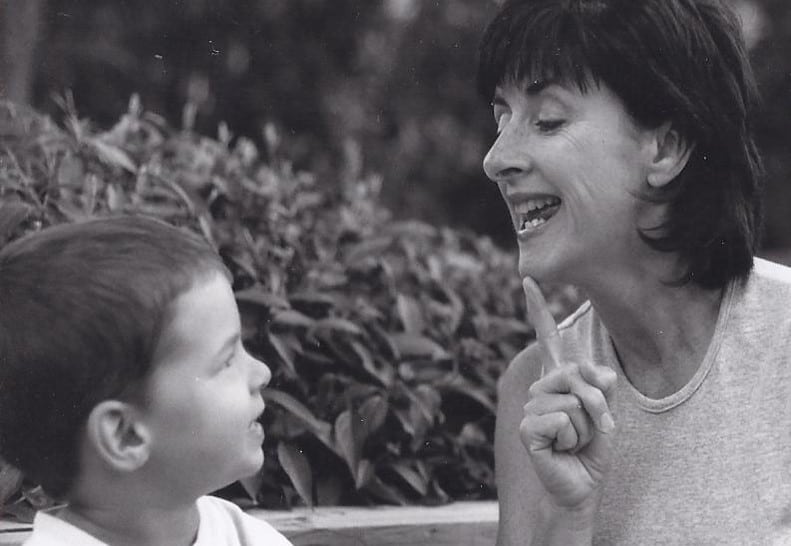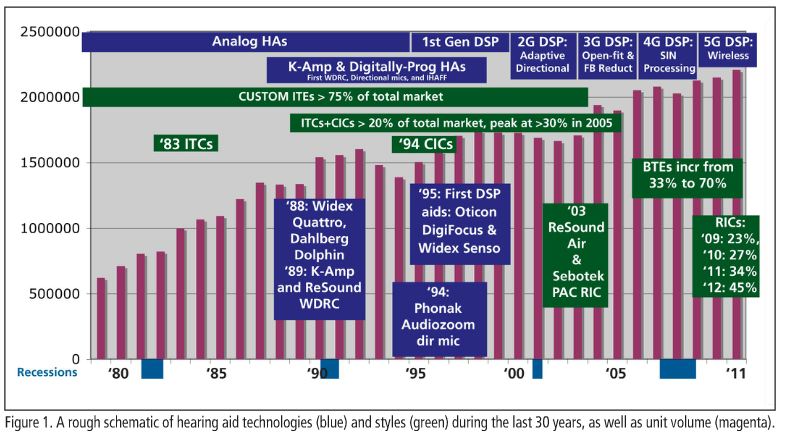Mar. 20, 2018
A vocalist wants a quiet space at home to practice
I receive many questions from instrumental musicians, vocalists, and other performing artists about issues relating to how they should practice. A particularly common question is how can I modify a room in my house so that my vocal practice doesn’t drive my dog crazy. The adage, “some is good, too much is bad” comes to mind. Assuming that one has







